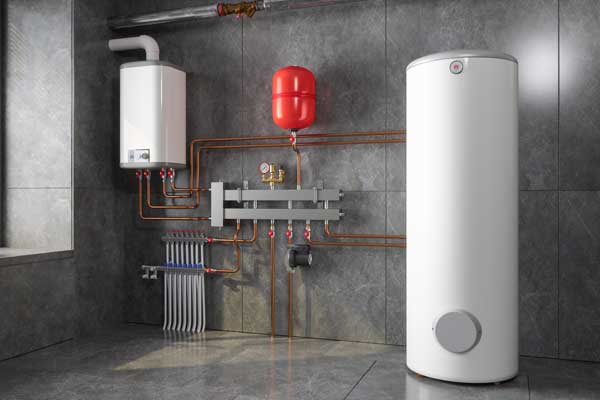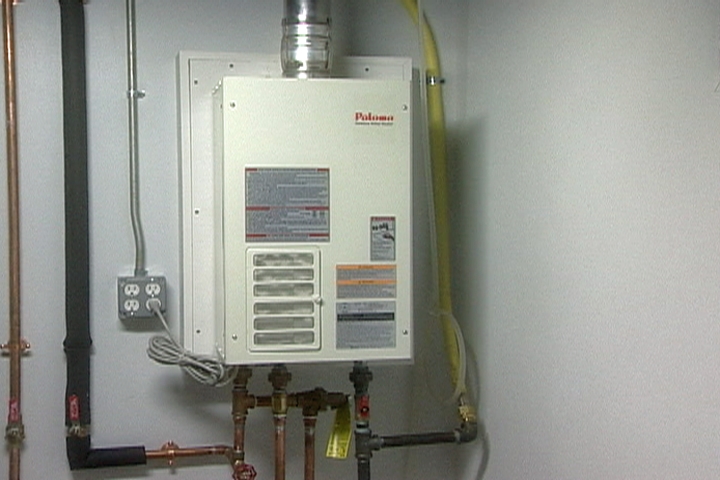What to Care for Your Home's Hot Water System Effectively
What to Care for Your Home's Hot Water System Effectively
Blog Article
Just how do you feel when it comes to Tips on Maintaining a Water Heater?

Hot water is necessary for day-to-day comfort, whether it's for a refreshing shower or washing dishes. To guarantee your warm water system runs successfully and lasts much longer, regular maintenance is crucial. This post supplies sensible tips and insights on exactly how to keep your home's warm water system to avoid interruptions and expensive repair services.
Intro
Maintaining your home's hot water system may appear overwhelming, but with a few easy steps, you can ensure it runs efficiently for several years to come. This guide covers everything from comprehending your warm water system to do it yourself upkeep pointers and knowing when to hire expert assistance.
Value of Keeping Your Warm Water System
Normal maintenance not only extends the lifespan of your hot water system but likewise ensures it runs efficiently. Overlooking upkeep can bring about decreased efficiency, higher power costs, and also premature failure of the system.
Indications Your Warm Water System Demands Upkeep
Knowing when your hot water system needs interest can stop major issues. Watch out for indications such as irregular water temperature level, odd sounds from the heating system, or rustic water.
Comprehending Your Warm Water System
Prior to diving right into upkeep jobs, it's helpful to understand the basic elements of your warm water system. Commonly, this consists of the hot water heater itself, pipes, anode rods, and temperature controls.
Month-to-month Upkeep Tasks
Routine regular monthly checks can help catch small problems before they escalate.
Purging the Hot Water Heater
Flushing your hot water heater gets rid of debris accumulation, enhancing effectiveness and extending its life.
Checking and Replacing Anode Rods
Anode rods prevent corrosion inside the tank. Evaluating and changing them when worn is important.
Examining and Adjusting Temperature Settings
Readjusting the temperature settings makes certain ideal performance and safety and security.
DIY Tips for Maintenance
You can execute a number of upkeep tasks on your own to keep your hot water system in leading condition.
Looking for Leaks
Regularly evaluate pipes and connections for leakages, as these can lead to water damages and higher costs.
Evaluating Pressure Alleviation Valves
Testing the stress relief valve guarantees it functions appropriately and avoids too much pressure buildup.
Protecting Pipes
Protecting hot water pipelines reduces warm loss and can save power.
When to Call a Professional
While do it yourself upkeep is useful, some issues need professional competence.
Complex Problems Calling For Expert Aid
Examples consist of significant leaks, electric problems, or if your water heater is continually underperforming.
Regular Professional Upkeep Advantages
Expert upkeep can include detailed evaluations, tune-ups, and making sure compliance with security criteria.
Conclusion
Routine upkeep of your home's warm water system is important for performance, longevity, and cost financial savings. By adhering to these tips and understanding when to look for professional help, you can make sure a trusted supply of hot water without unforeseen disturbances.
How to Maintain an Instant Hot Water Heater
Before tinkering with your hot water heater, make sure that it’s not powered on. You also have to turn off the main circuit breaker and shut off the main gas line to prevent accidents. Also turn off the water valves connected to your unit to prevent water from flowing into and out of the appliance. 2. When you’re done, you have to detach the purge valves’ caps. These look like the letter “T†and are situated on either side of the water valves. Doing so will release any pressure that has accumulated inside the valves while at the same time avoid hot water from shooting out and burning your skin. 3. When the purge valves’ caps are removed, you have to connect your hosing lines to the valves. Your unit should have come with three hoses but if it didn’t, you can purchase these things from any hardware or home repair shops. You can also get them from retail stores that sell water heating systems. Read the user’s manual and follow it to complete this task properly. When the hosing lines are connected, open the purge port’s valves. 4. You should never use harsh chemical cleaners or solutions when cleaning your unit. Make use of white vinegar instead. It should be undiluted and you’ll probably use about 2 gallons. 5. Now flush your water heater. This task should probably take about 40 minutes. We can’t give you specific directions for this because the procedure is carried out depending on the type, model and brand of your heater. With that being said, refer to the user’s manual. 6. When you’re done draining the unit, you have to turn off the purge port valves again. Remove the hosing lines that you earlier installed on each of the water valves. Put the valve caps (purge port) back in their respective places and be very careful so as not to damage the rubber discs that are found inside these caps. 7. Now that everything’s back in place, check your user’s manual again to find out how to reactivate your water heating system. 8. Once it is working, turn one of your hot water faucets on just to let air pass through the heater’s water supply pipes. Leave the tap on until water flows smoothly out of it. https://www.orrplumbing.com/blog/2014/september/how-to-maintain-an-instant-hot-water-heater/

I stumbled upon that review on What Kind of Maintenance Do Water Heaters Need? while doing a search on the internet. Enjoyed reading our review? Please quickly share it. Help somebody else discover it. Thank-you for your time invested reading it.
Instant Quote Report this page